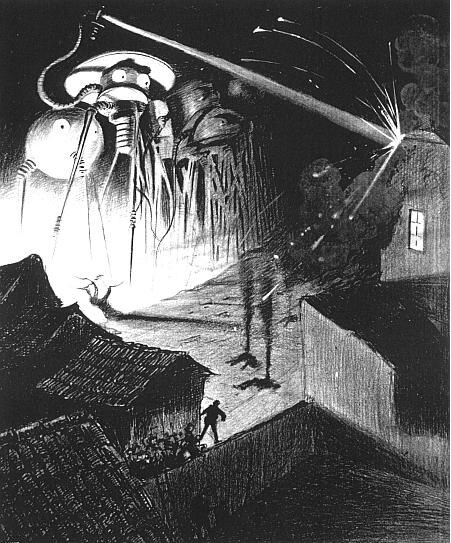Hayadan > Space and astronomy > Astrophysics > Page 9
Astrophysics
- Weizmann Institute
- May 1, 2021
Is the origin of a particle that landed at the South Pole in a cosmic event 700 million years old?
- Avi Blizovsky
- April 15, 2021
- 24 תגובות
The galaxy cluster has so much mass that it acts as a gravitational lens, causing light from more distant galaxies to bend around it. These distortions may appear in many different forms, such as long lines or arcs.
- Science site The Conversation
- March 29, 2021
- 9 תגובות
The scientists observed the black hole in the center of the galaxy M87 that was photographed about three years ago by optical means, and now the huge magnetic field around it has been photographed which reveals what happens when matter approaches the speed of light and part of it is swallowed up by the black hole. The writer is one of the scientists who participated in the project
- Dr. Moshe Nahamani
- March 25, 2021
- No comments
- Universe Today
- March 22, 2021
- No comments
When LIGO and Virgo observe more black star collisions, they may observe many small black stars. If that happens, we may have to examine this idea of darker matter more carefully
- Universe Today
- March 17, 2021
- 3 תגובות
Organic materials have been found on meteorites before, but Yabusa was the first time a sample of an "S-type" asteroid was observed to contain organic molecules. It even came directly from the source, and was not subjected to significant periods of time on Earth before being tested.
- Avi Blizovsky
- March 16, 2021
- 2 תגובות
Physicists from Germany are examining the theoretical possibility of the existence of tunnels in space-time, but only particles can pass through them, and they will immediately close
- Avi Blizovsky
- March 15, 2021
- One response
- Avi Blizovsky
- March 12, 2021
- 19 תגובות
Researchers at the Cosmic Dawn Center at the University of Copenhagen have found that the velocity measurements used to determine the expansion rate of the universe may not be reliable. As stated in the publication, this does not resolve the inconsistency, but rather hints at another inconsistency in the composition of the universe
- Avi Blizovsky
- March 8, 2021
- 3 תגובות
A rocky planet discovered in the constellation Virgo could change the way we look for life in the universe
- The Hebrew University
- February 26, 2021
- 2 תגובות
Dr. Asaf Haresh of the Hebrew University revealed a new and surprising phenomenon concerning the destruction of stars by black holes* so far no researcher has been able to prove that such flashes of radio radiation exist, a relatively long time after the destruction of the star. The research even proves the power of the event and the partial understanding of the scientific world on the subject. The research was published in Nature Astronomy
- The Hebrew University
- February 23, 2021
- 50 תגובות
A group of international researchers, including from the Hebrew University and the Weizmann Institute, discovered the particle that arrived following an emission event that occurred in 2019
- Science site The Conversation
- February 14, 2021
- 5 תגובות
And what does it have to do with the Genesis mission that crashed on the moon? For 50 years, government organizations adhered to the accepted rules and laws for self-defense of the solar system against terrestrial pollution. Now they are being joined by an increasing number of commercial space missions. How to enforce the law on them?
- Noam Chai
- February 5, 2021
- 31 תגובות
Researchers around the world are looking for an explanation for the mystery of dark matter and the problem of hierarchy. The two problems seem completely different, but according to researchers from Johns Gutenberg University in Germany, both can be solved with the help of a compact fifth dimension. The estimated model does not contradict the experimental data discovered in current accelerators and predicts a new particle with a mass of 30TeV that may be discovered in future accelerators
- The Hebrew University
- February 2, 2021
- 2 תגובות
The research focuses on a relatively new topic - the programming of biological life in planets orbiting red dwarfs * To verify the hypothesis, the James Webb Space Telescope, and the Israeli Ultrasat Space Telescope when they are launched, will be directed to the planets discovered by Vandel and his colleagues
- Avi Blizovsky
- January 10, 2021
- One response
Gaseous swirls of hydrogen, sulfur and hydrocarbons cradle a collection of baby stars in this composite image of the Orio Nebula as seen by the Hubble Space Telescope and the Spitzer Space Telescope
- Dr. Moshe Nahamani
- November 23, 2020
- One response
An international team of researchers has shown that glycine, the simplest amino acid and an important building block of life, can be formed in the harsh conditions that exist in space
- Avi Blizovsky
- November 6, 2020
- 4 תגובות
The close proximity of high-energy pulses suggests that magnetars may be the source of certain fast bursts of radio radiation
- Noam Chai
- October 26, 2020
- 9 תגובות
The black hole at the center of the Milky Way is slowly spinning, but what does that mean?
- Noam Chai
- October 22, 2020
- 28 תגובות
A new model published by researchers from Melbourne and CERN raises the possibility that dark matter is heavier than we thought until now. The researchers hope that the paper they published will encourage experimenters to look for new avenues for detecting dark matter
- Avi Blizovsky
- October 8, 2020
- One response
Says Prof. Hagai Netzer from the School of Physics and Astronomy at Tel Aviv University who wrote dozens of joint articles with Ganzel
- Avi Blizovsky
- October 7, 2020
- 5 תגובות
- Dr. Moshe Nahamani
- October 6, 2020
- 11 תגובות
- Science site The Conversation
- September 26, 2020
- 7 תגובות
The recent discovery of possible biogenic phosphine in the clouds of Venus reminds us that at least some of the ingredients necessary for life exist elsewhere in the solar system. So where are the most promising places for extraterrestrial life?
- Avi Blizovsky
- September 25, 2020
- 2 תגובות
"If rocky planets exist around white dwarfs, we should be able to detect signs of life on them in the coming years," said co-author Lisa Keltenger, associate professor of astronomy in the College of Arts and Sciences and director of the Carl Sagan Institute.

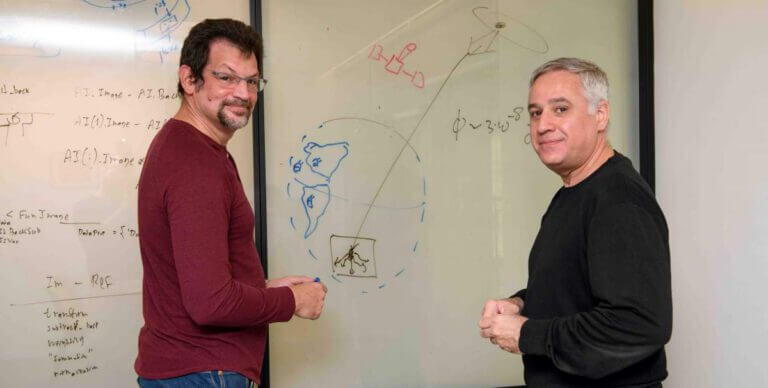
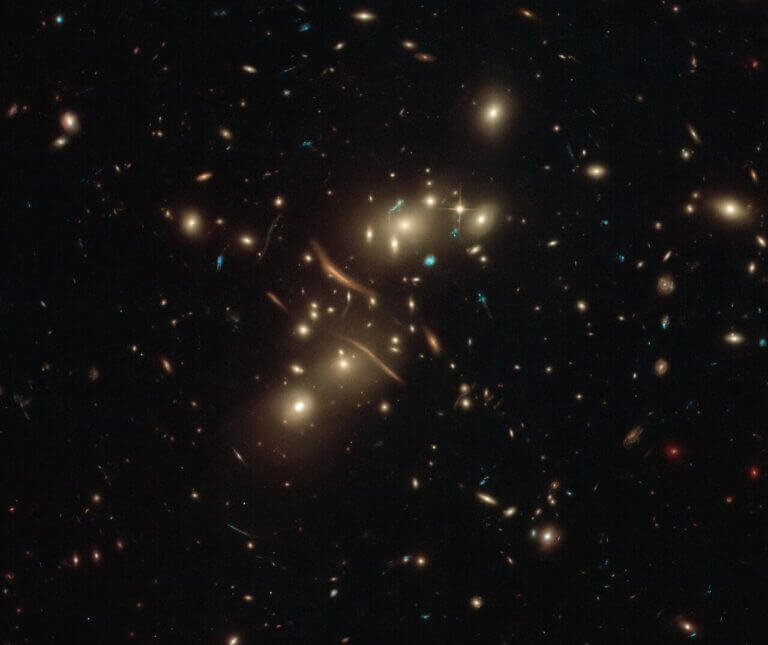
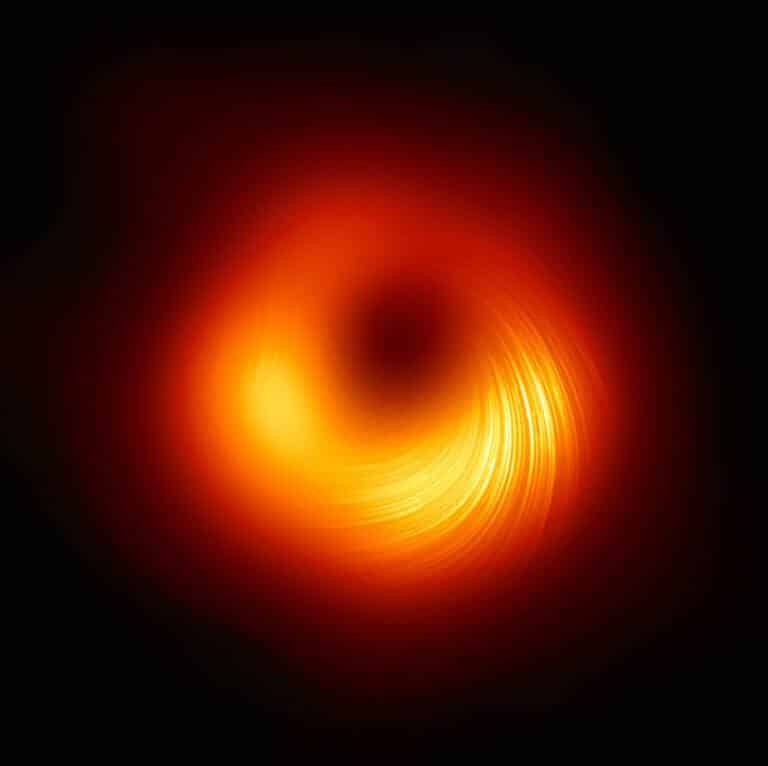
![The weathering process of silicate rocks is part of what is called the "carbon cycle" which preserves the temperature of the climate on the earth's surface for a long time. [Courtesy: © Universität Bern / University of Bern; Illustration: Jenny Leibundgut]](https://www.hayadan.org.il/images/content3/2021/03/Carbon-Cycle-Earth1-768x684.jpg)
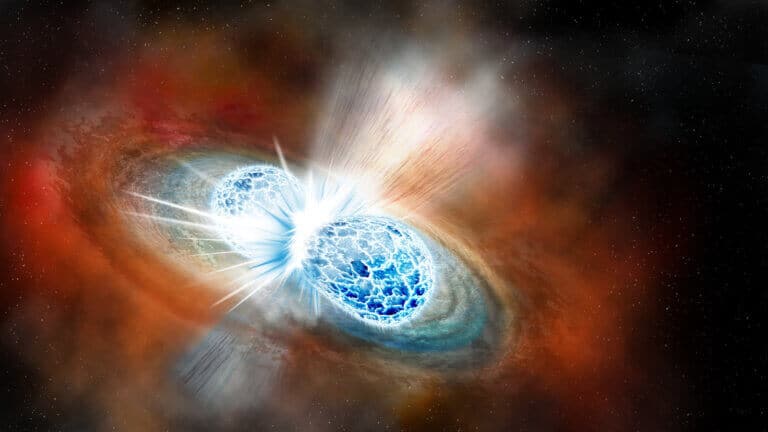
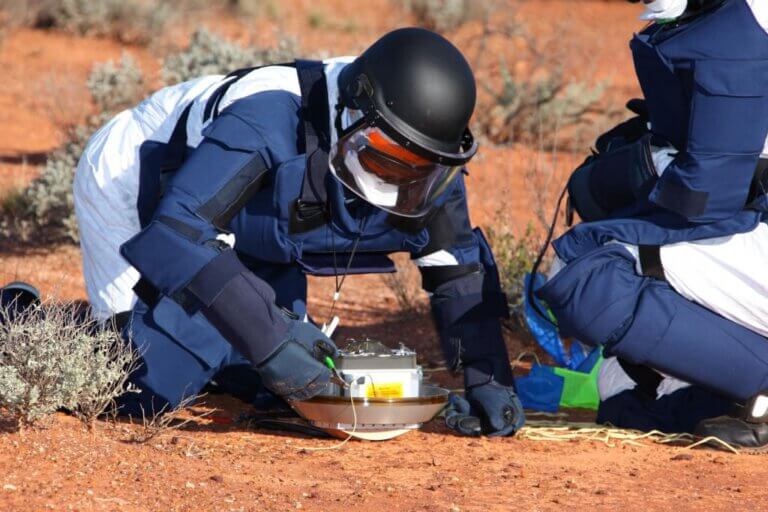
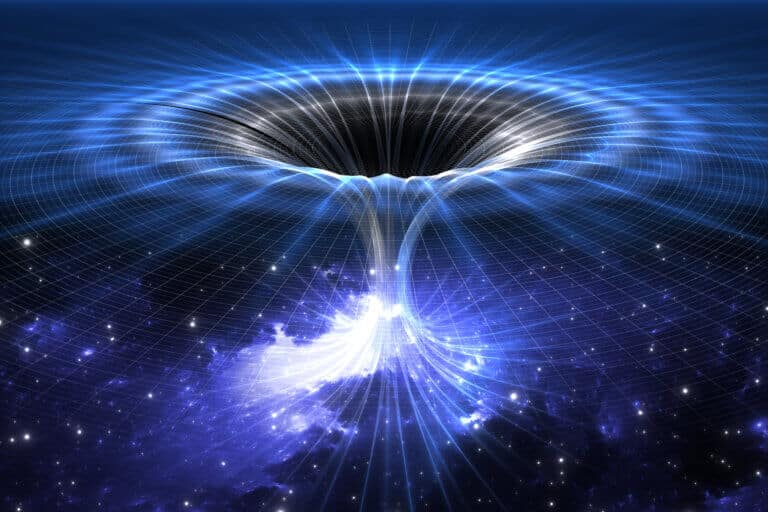
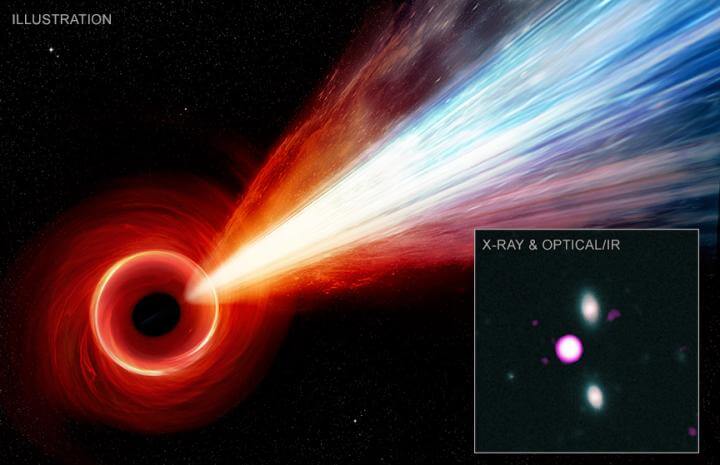
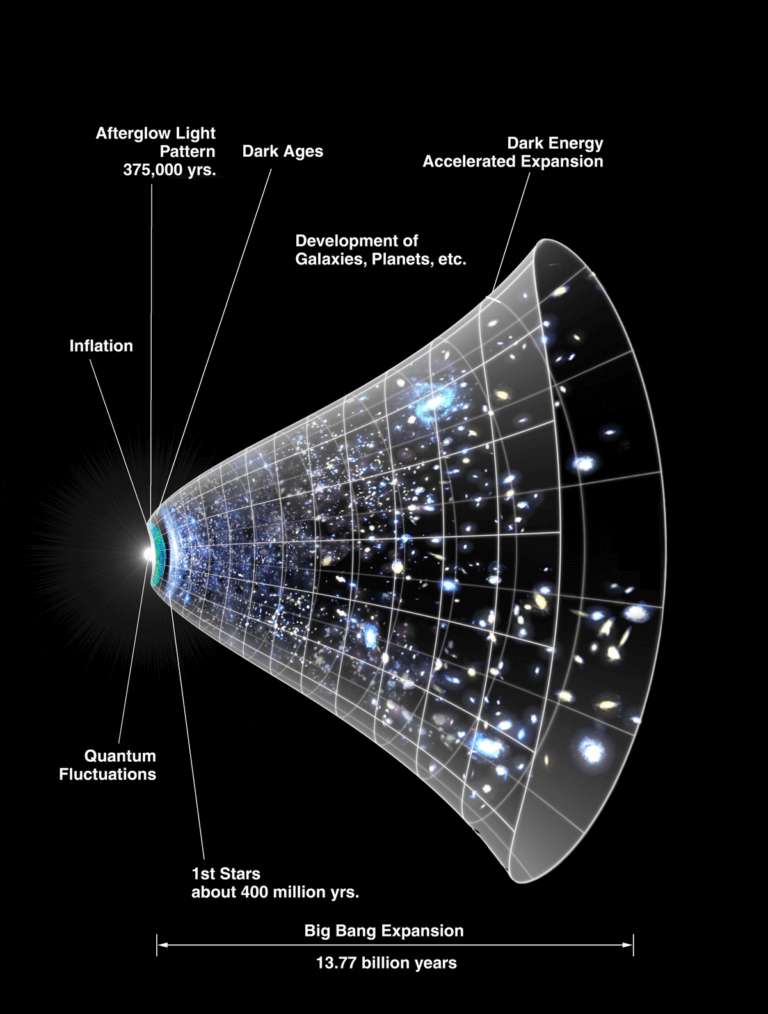
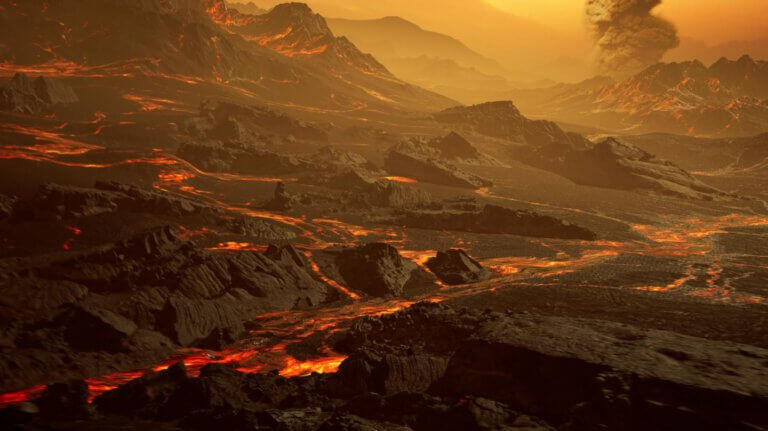
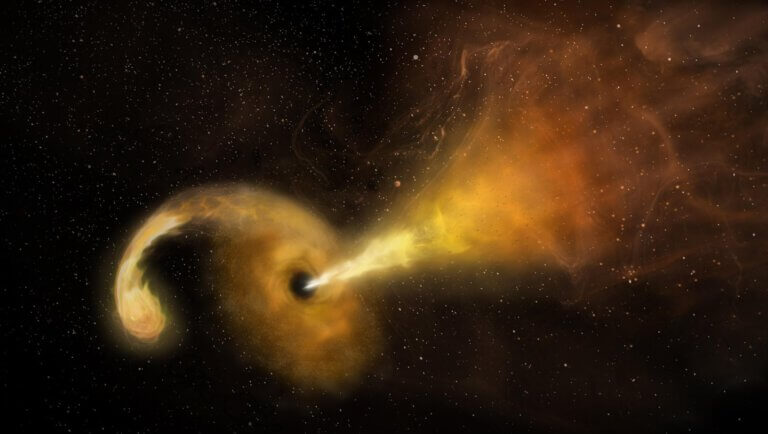
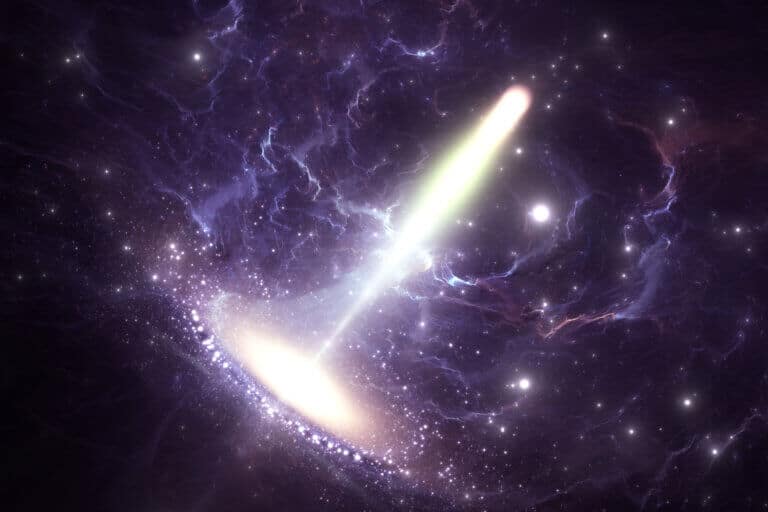
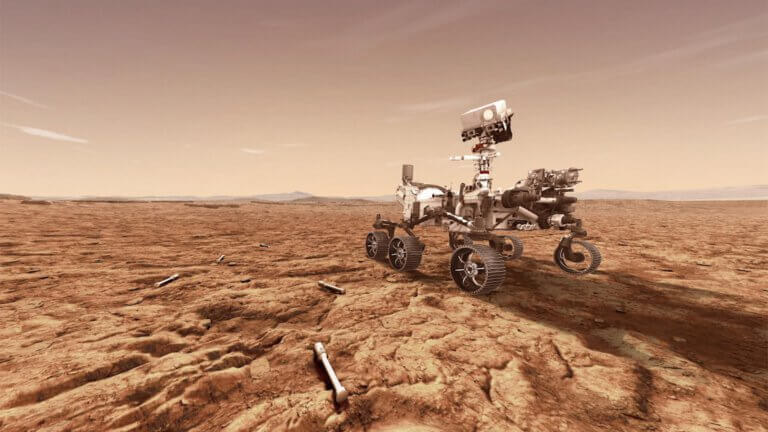
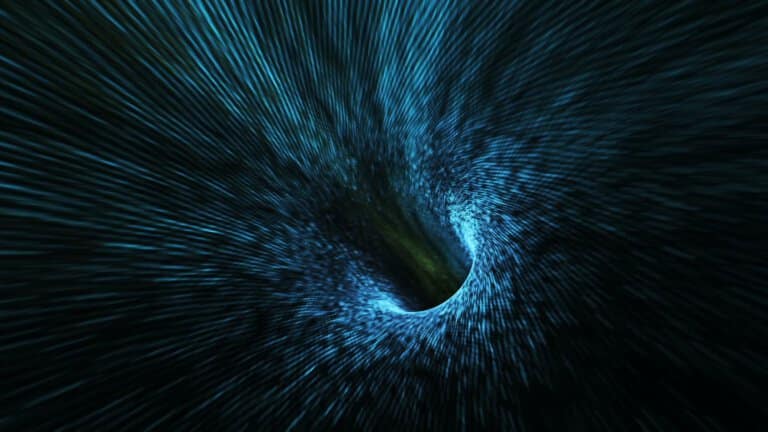
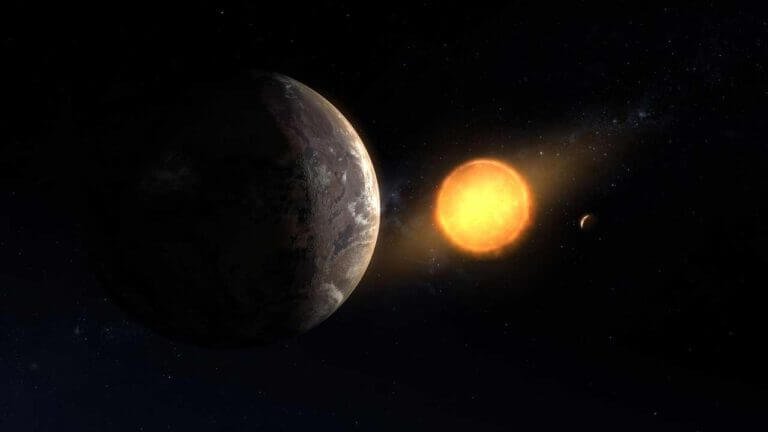
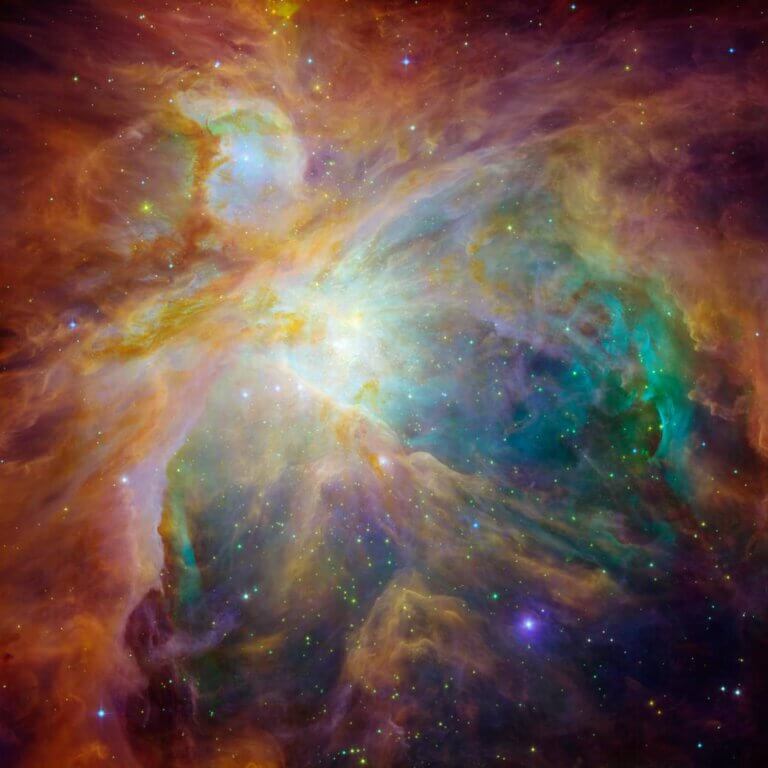
![The dusty region of the constellation Orion (a region known as the 'Sword of Orion') is illuminated in this stunning image taken from the European Space Agency's Herschel Space Laboratory. This primordial nebula is the largest and closest star-forming region to us, and is located about 1500 light-years away [Courtesy: ESA/NASA/JPL-Caltech]](https://www.hayadan.org.il/images/content3/2020/11/Dusty-Orion-777x7771-1-768x768.jpg)
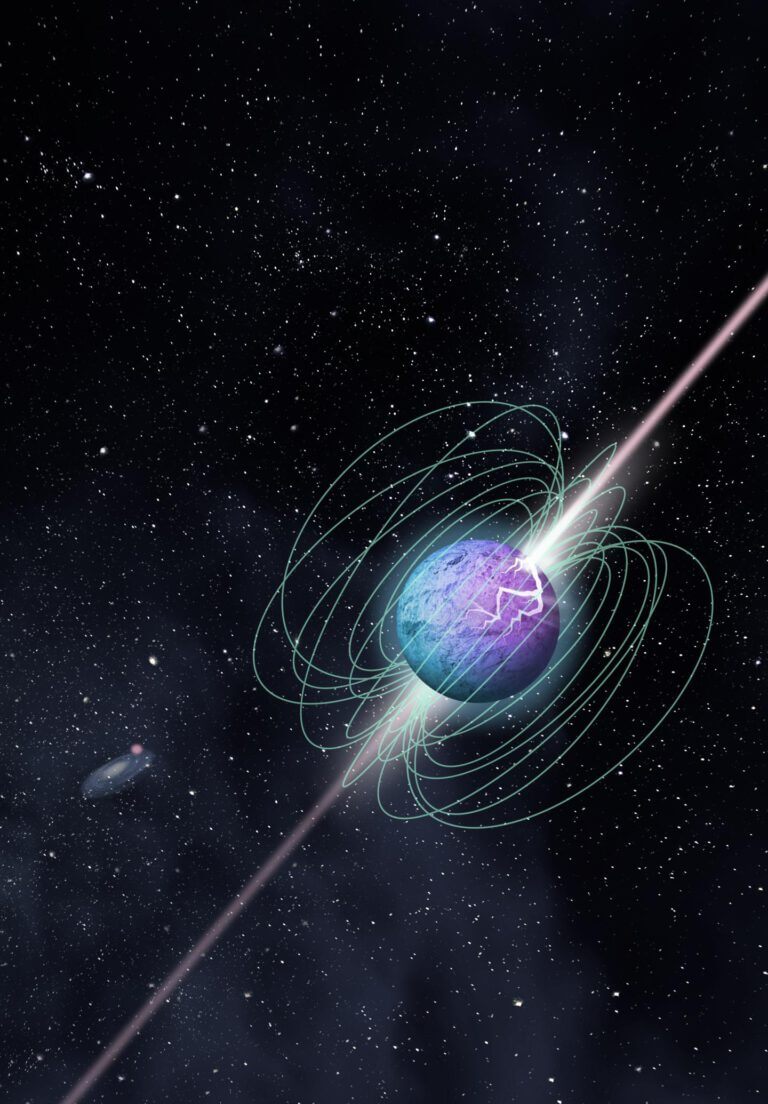
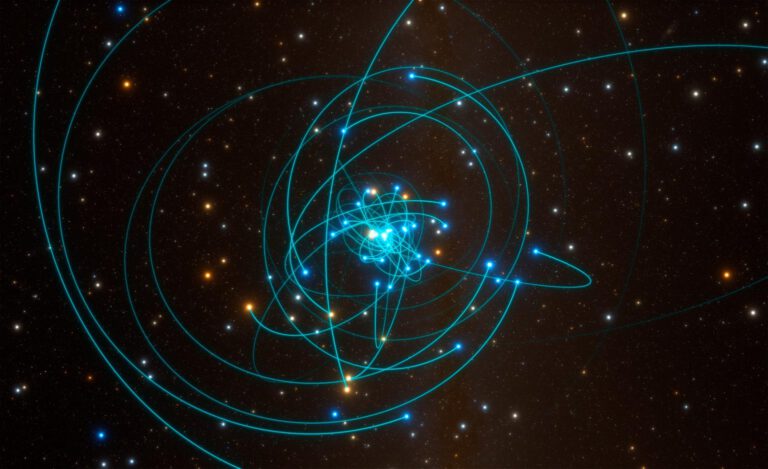
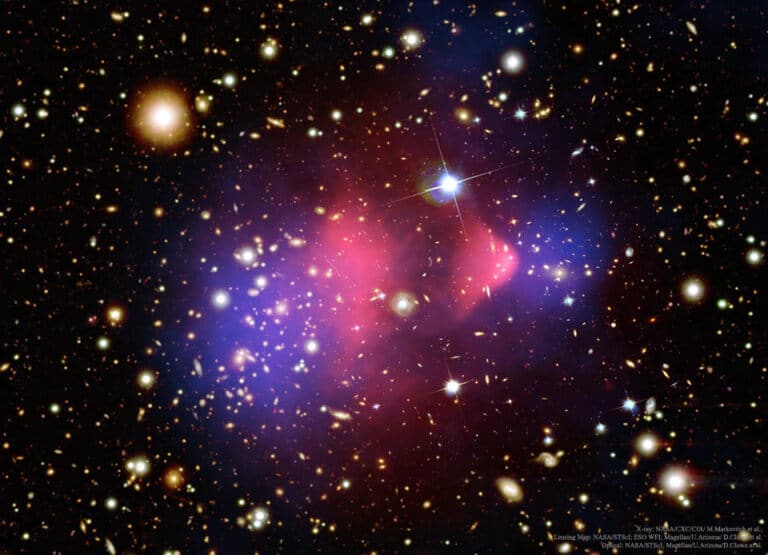

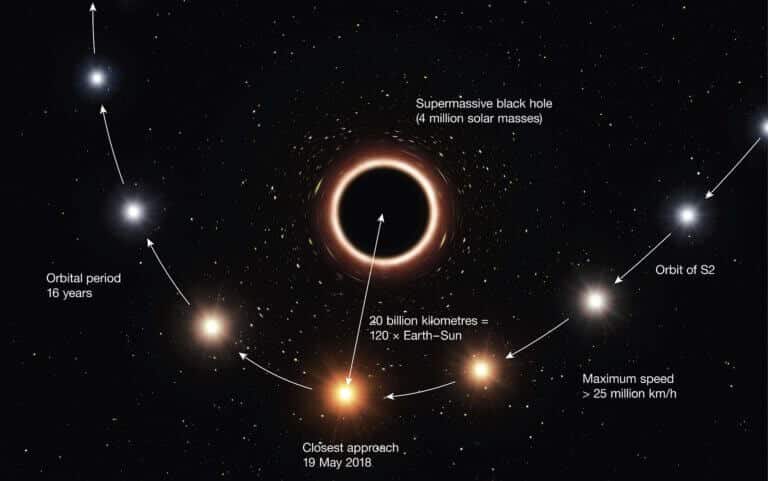
![Illustration of the galaxy and the giant black hole at its center. The black hole converts some of the matter it absorbs into energetic radiation (shaded in blue), while the galaxy continues to form new stars (purple areas). [Image credit: Michael Helfenbein/Yale University - M. Helfenbein / Yale University]](https://www.hayadan.org.il/images/content3/2015/07/Monster_Black_Hole.jpg)
